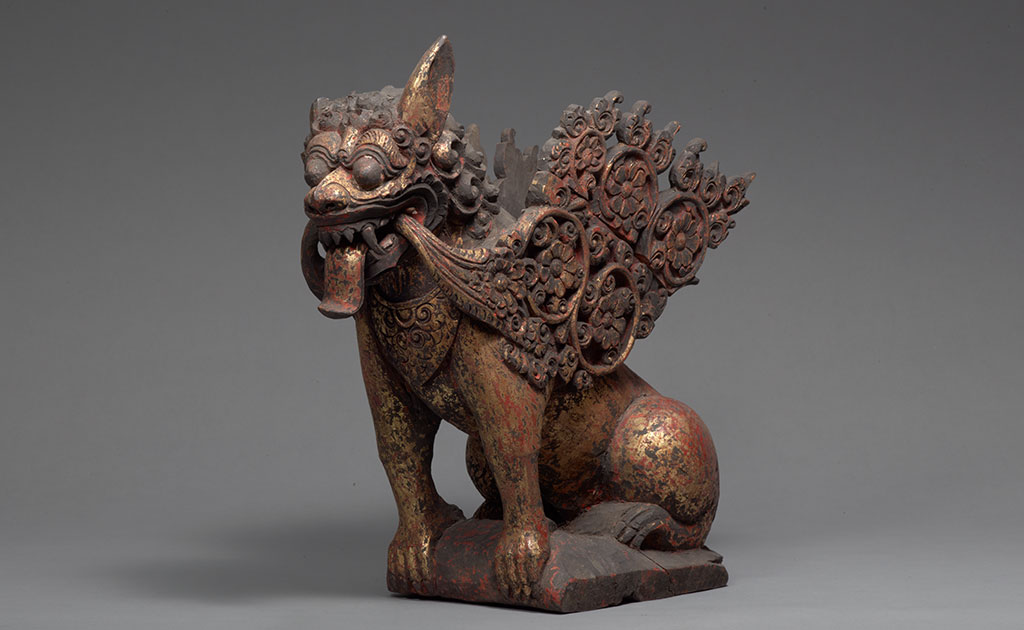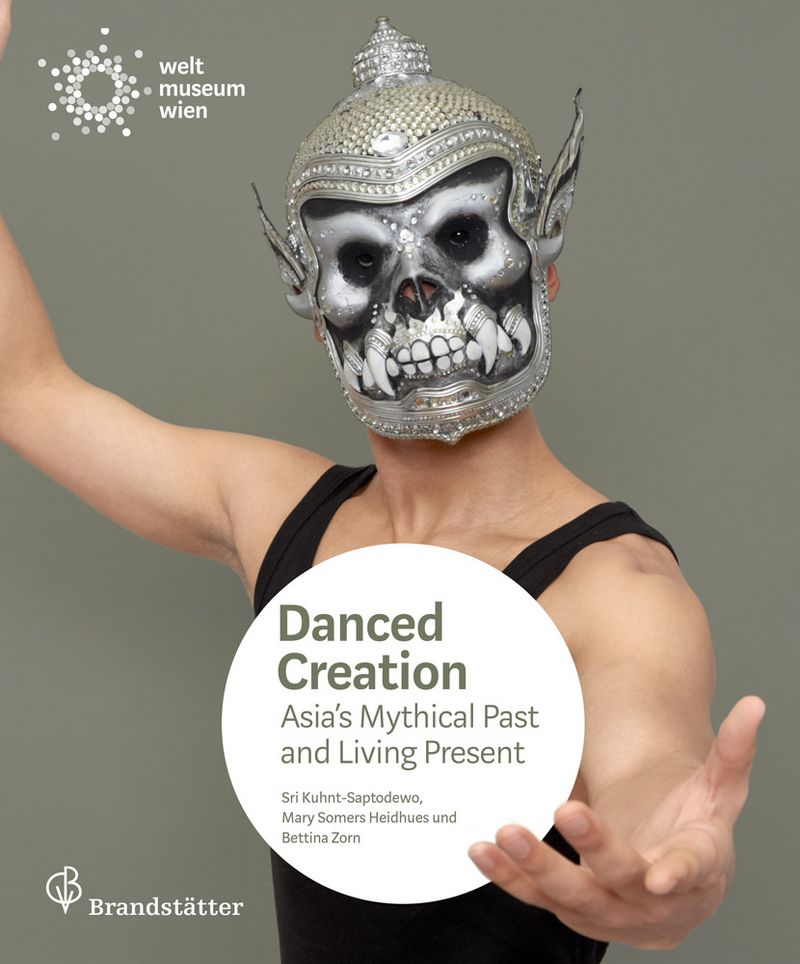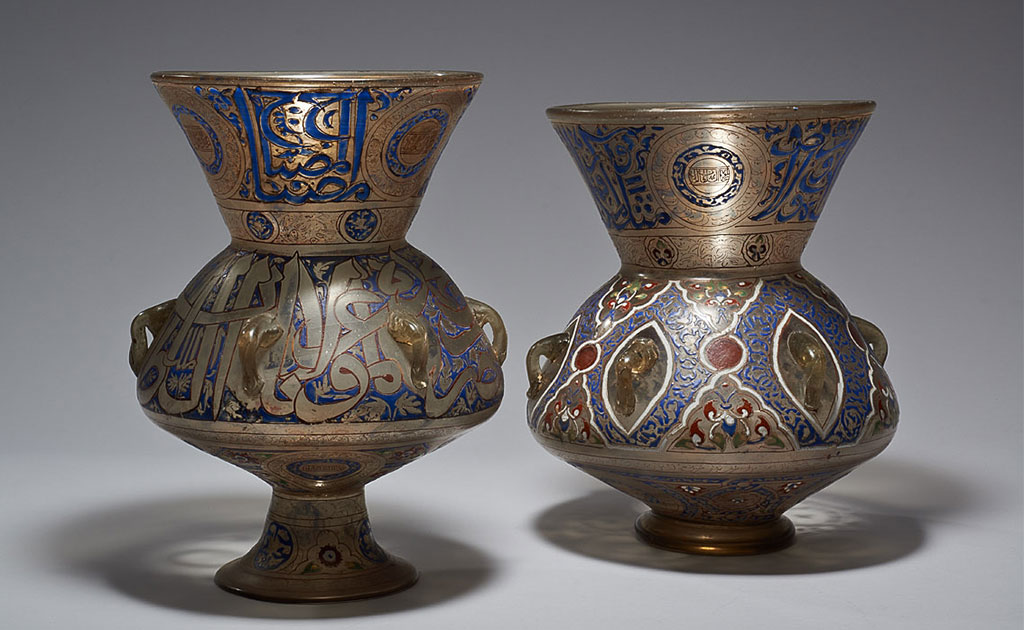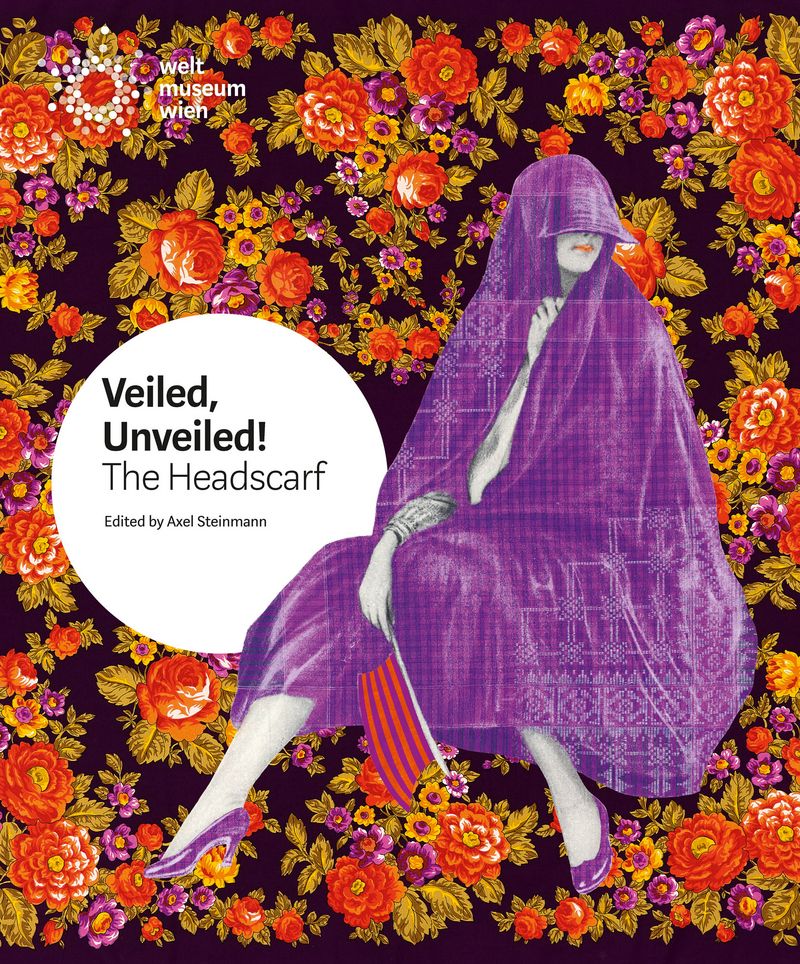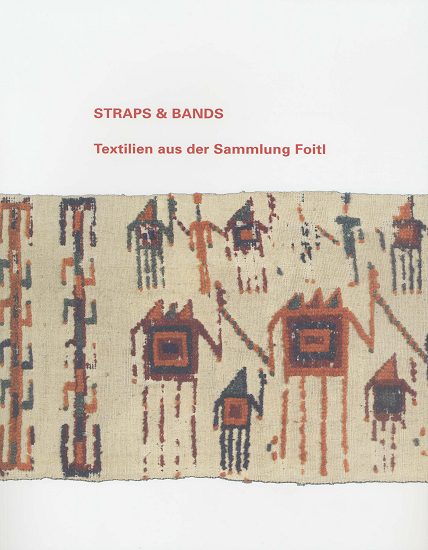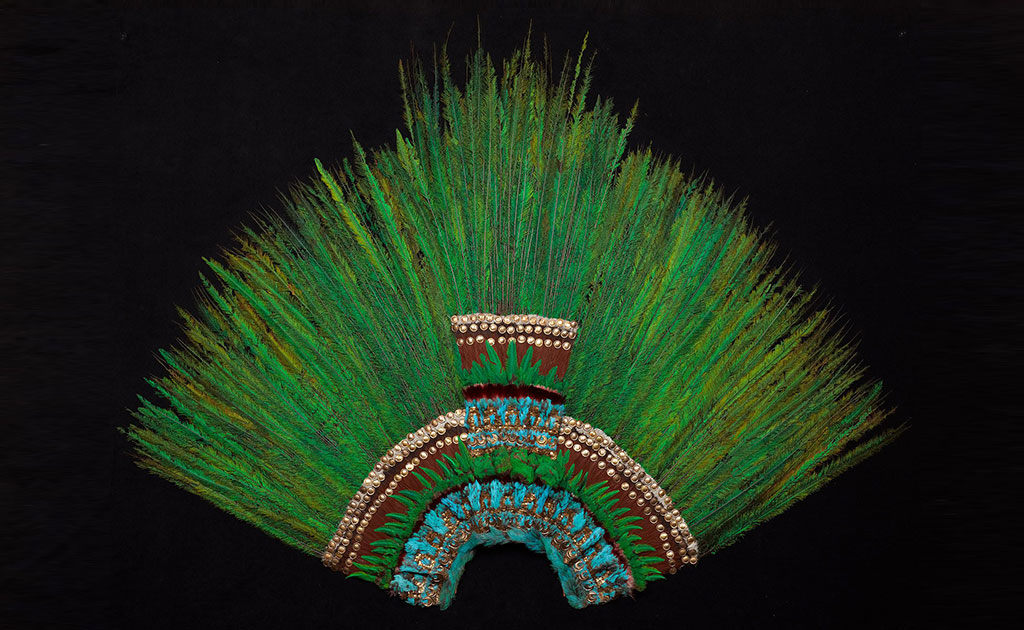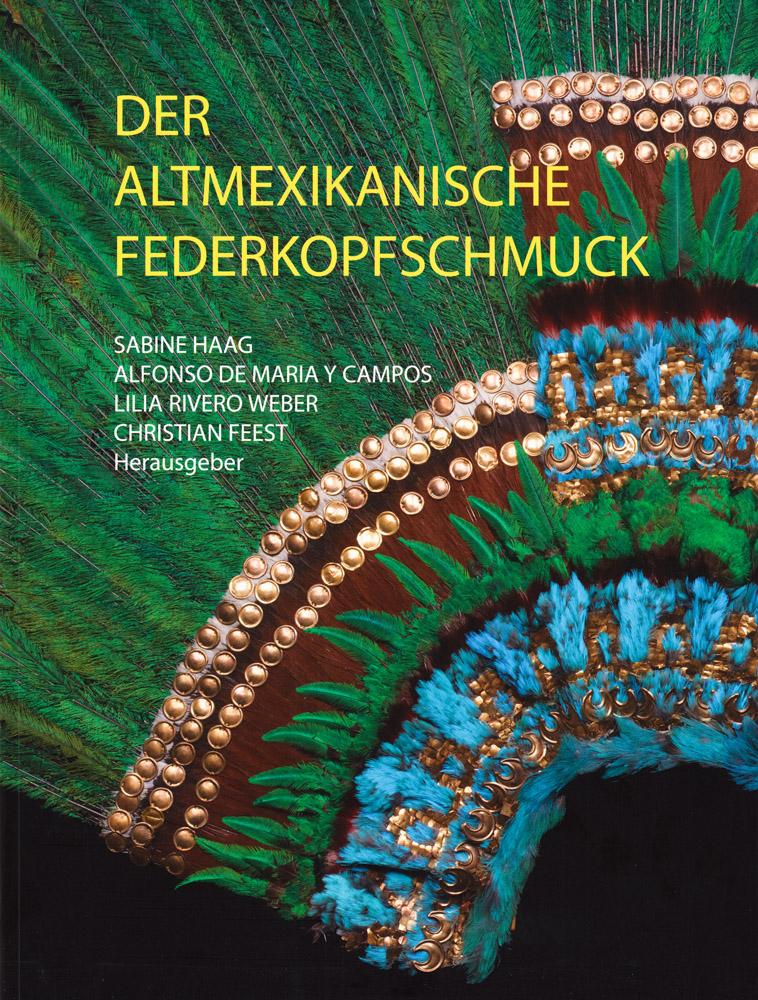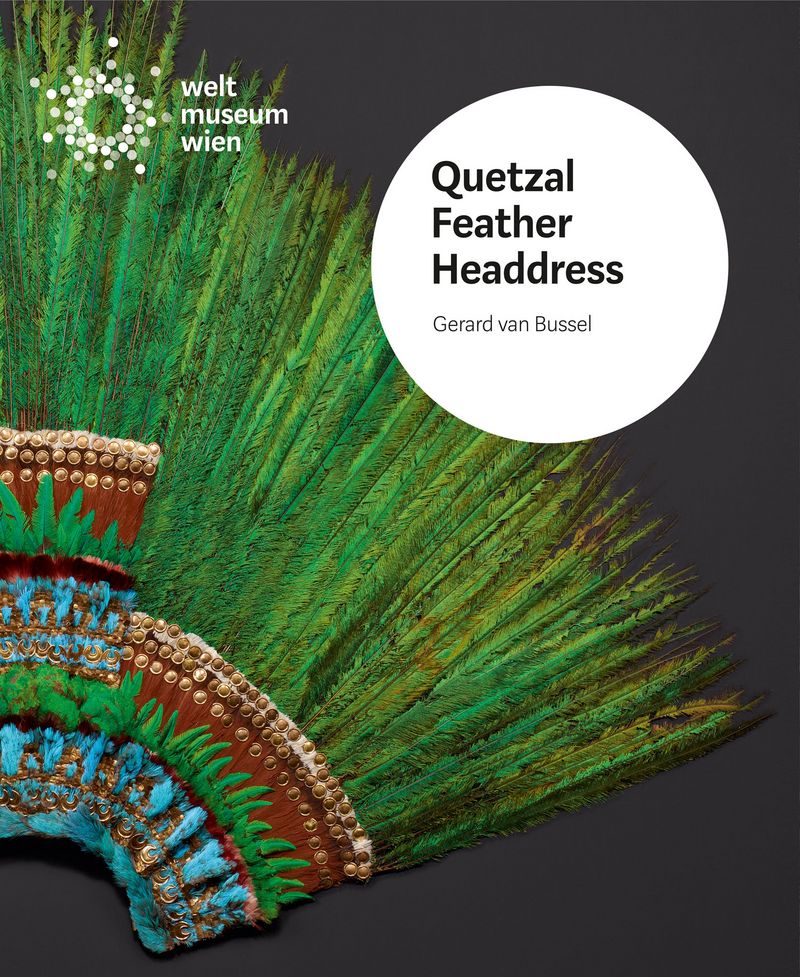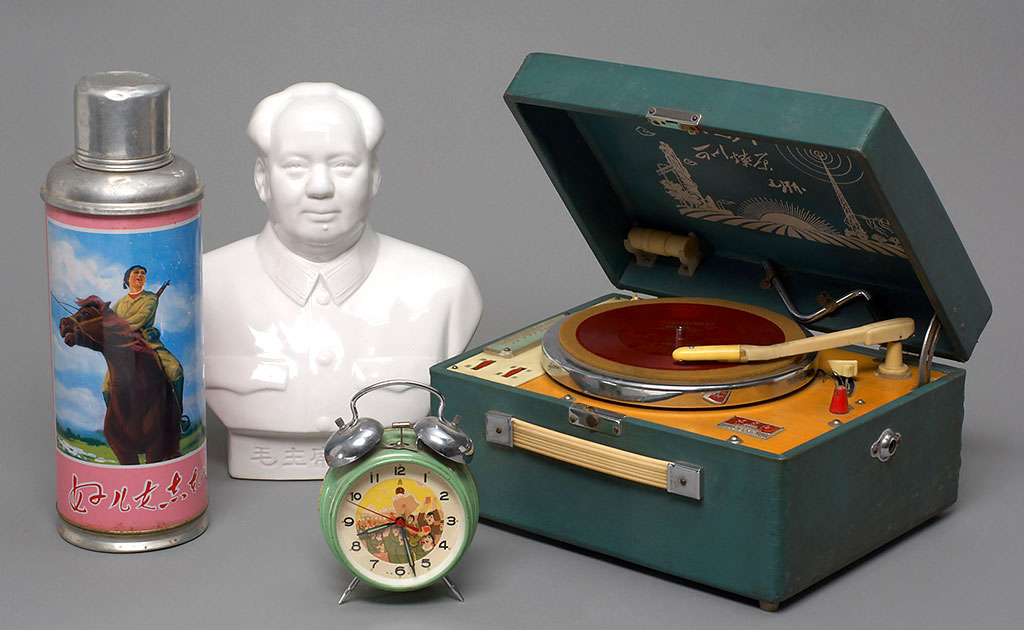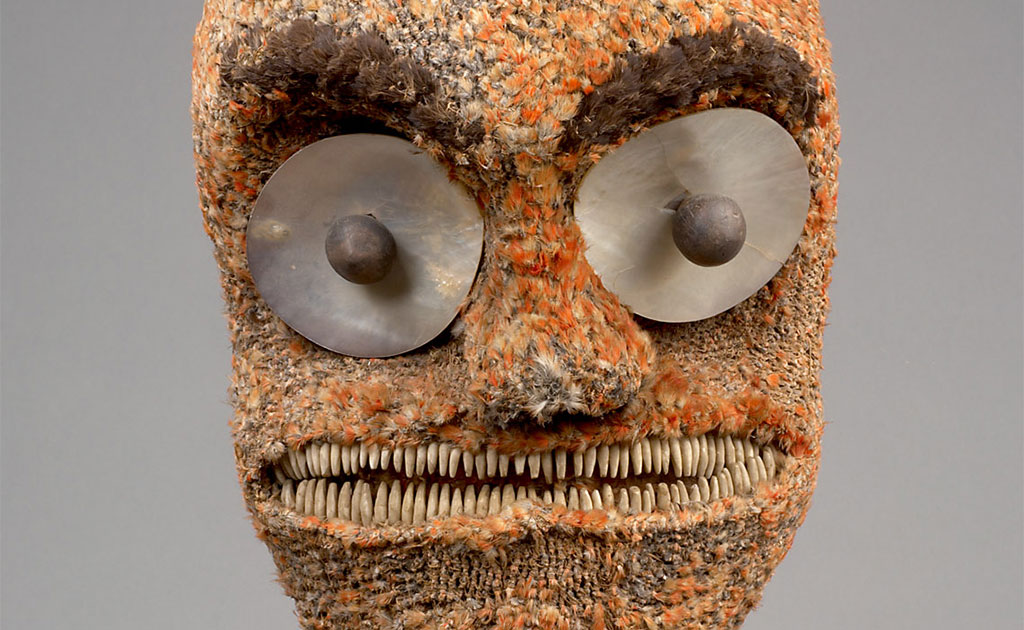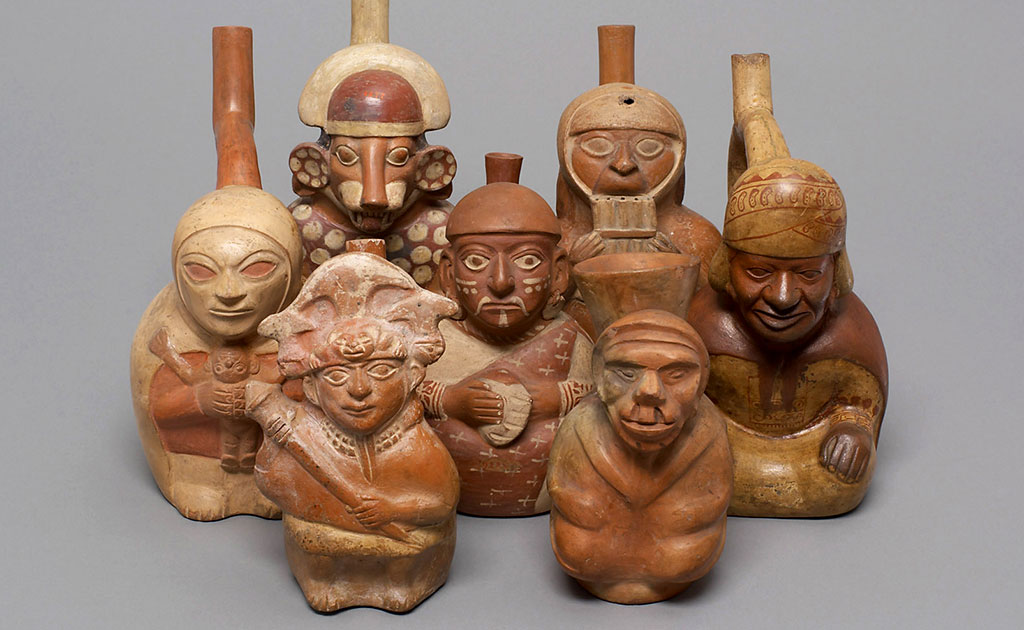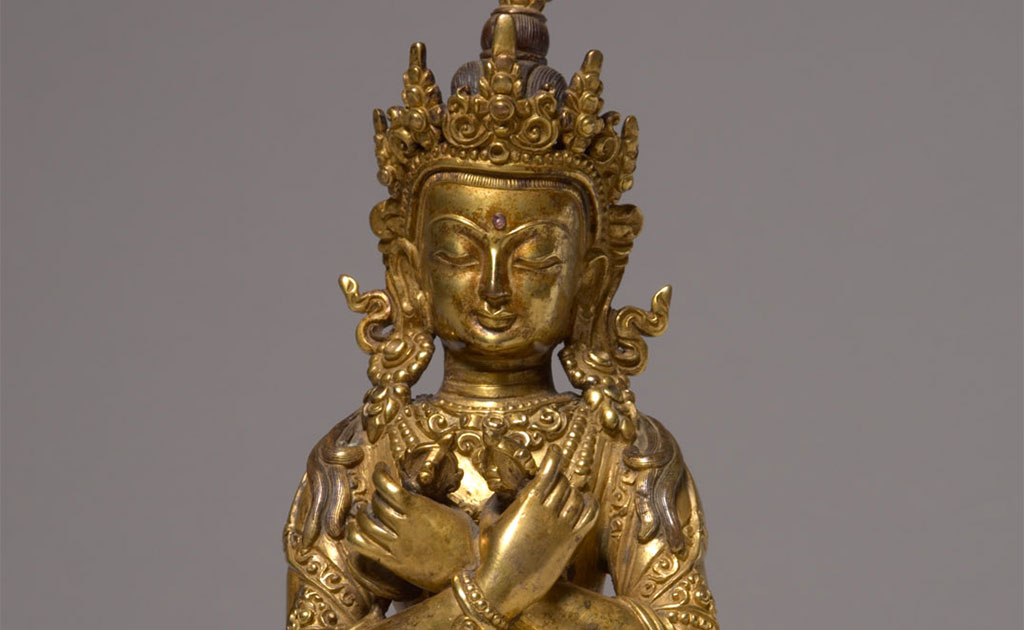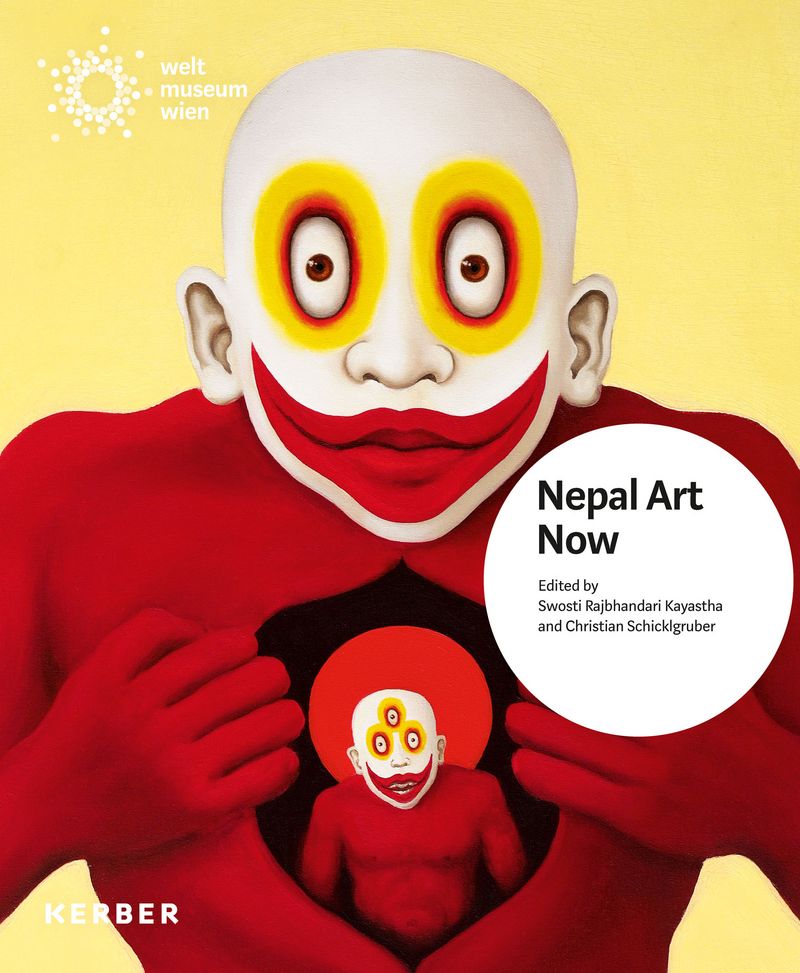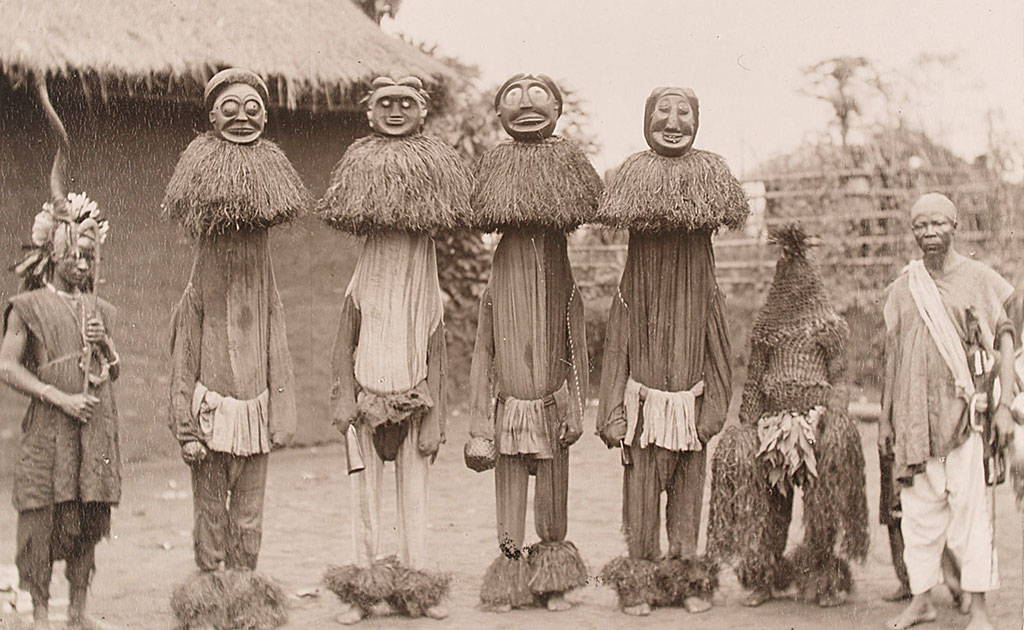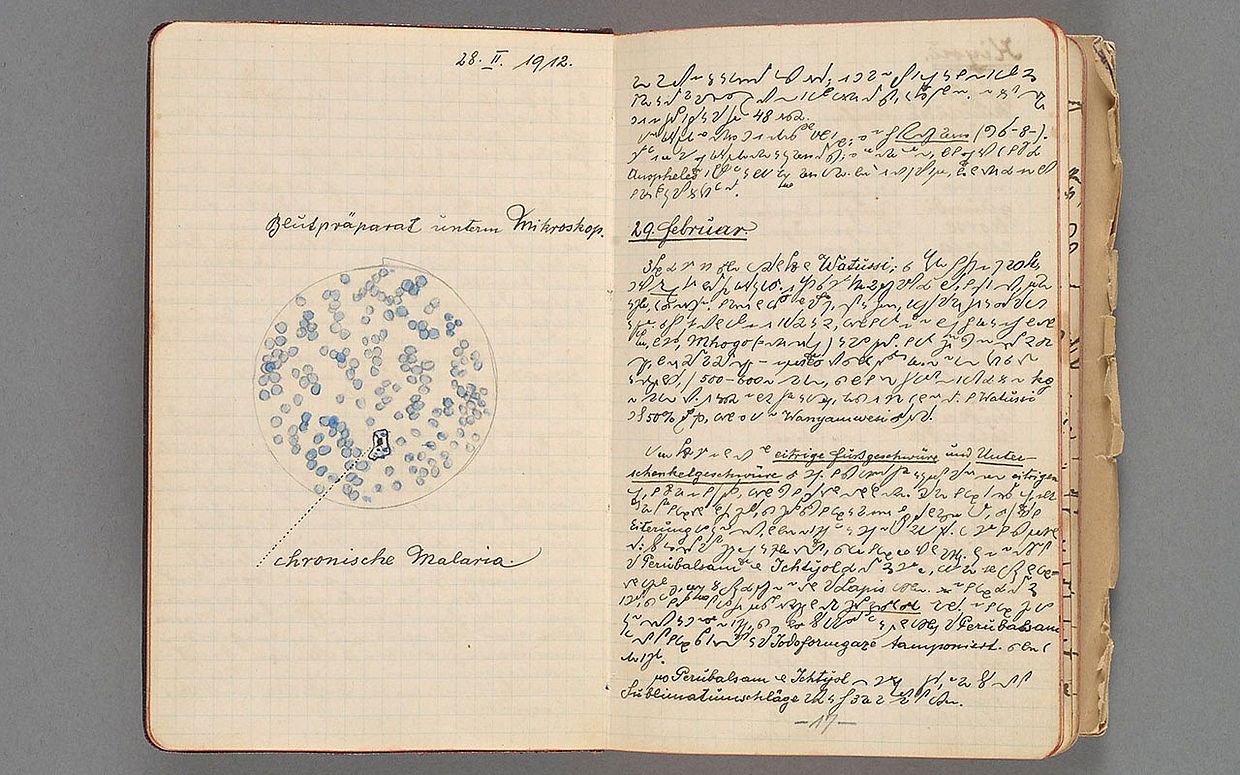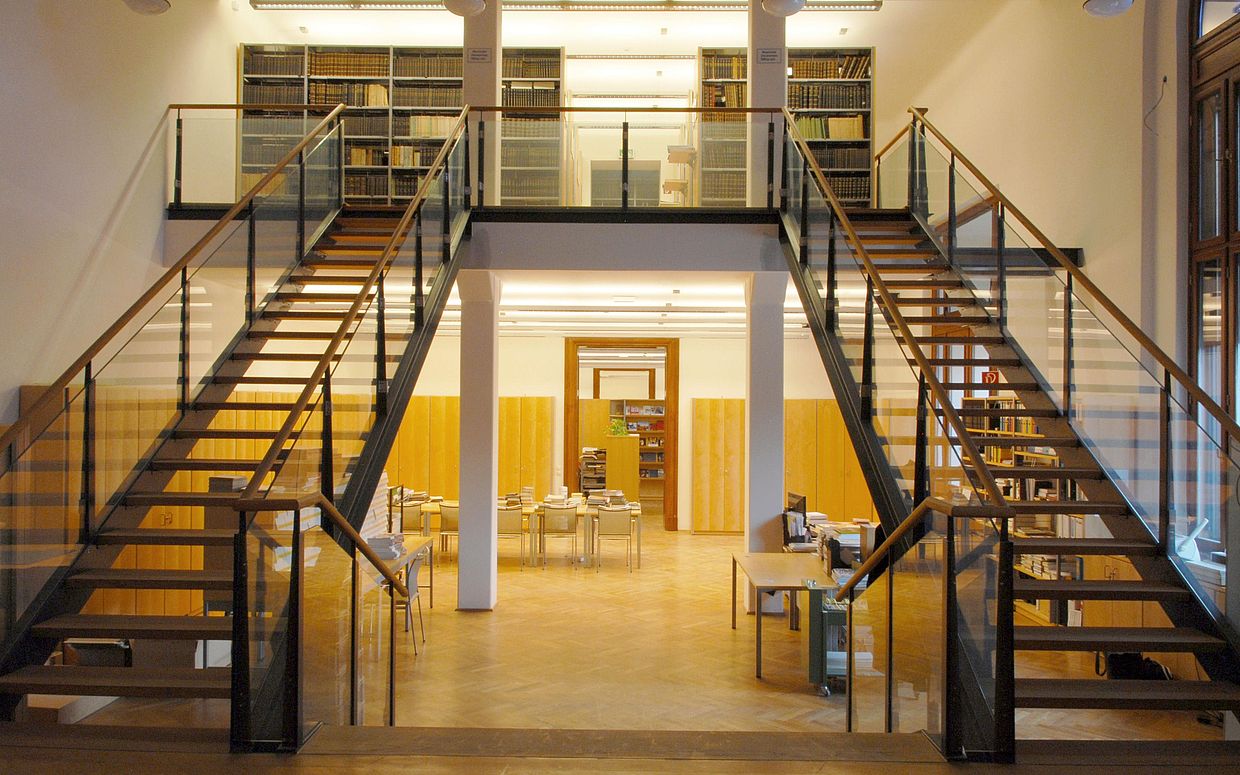Sub-Saharan Africa
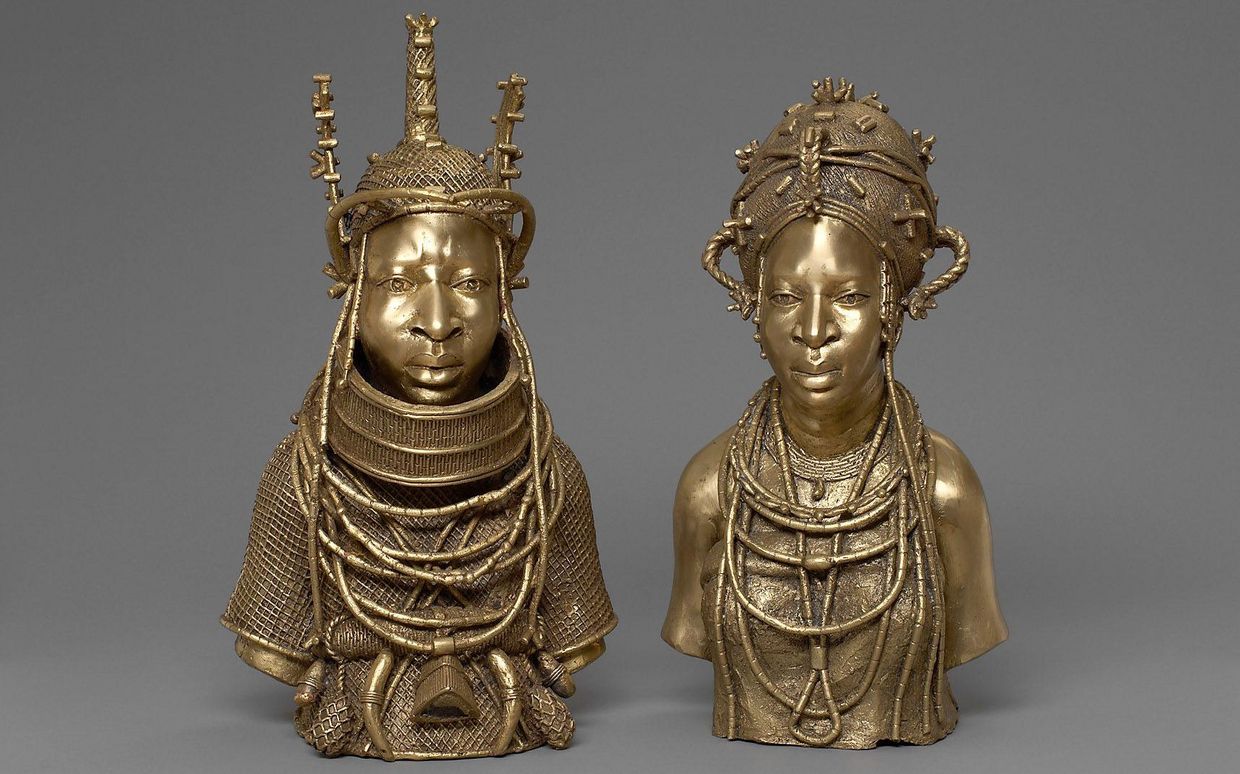
The collection encompasses ca. 37,000 objects and reflects the cultural diversity of Africa from the Sahel to the southernmost tip of the continent, from Muslim Senegal in the west to Christian Ethiopia and the island of Madagascar in the east. Among the highlights of the collection are exceptional bronzes and ivory objects from the Benin Kingdom, 16th century African-Portuguese ivory carvings, and the substantial East Africa collection.
The objects document the traditions of ruling groups, such as the kingdom of Benin in present-day Nigeria, the kingdom of Bamum in the grasslands of Cameroon, and the Ethiopian Empire. They also tell of everyday life, economic forms, religious beliefs, and the artistic production of many of the continent’s ethnic groups.
Most of the objects entered the collection before 1918, and thus represent historical conditions. They not only tell of past African realities, but also of their transfer to Europe in the context of the colonial appropriation of the continent.
History of the collection
First objects from Africa
The earliest African objects to reach Austria were documented in the Chamber of Art at Ambras Castle in 1596, and entered the ethnographic collection of the Imperial and Royal Natural History Museum in 1880/81. These were delicate, so-called African-Portuguese ivory carvings, produced during the 16th century in Sierra Leone and on the Benin coast for the European market.
The Benin Kingdom
The best known artefacts in the collection are the bronzes and ivory objects from the Benin Kingdom. The exceptional artworks are products of a court culture, and were a privilege of the ruling class. Both the empire and art of Benin flourished in the 16th and 17th centuries. Since the late 15th century, the Benin Kingdom was engaged in intensive trade relations with the Europeans, beginning with the Portuguese and followed by the English, Dutch, and French. After the capital of the West African empire was destroyed by British forces in 1897, the artistic treasures were dispersed throughout the world. The curator of the ethnographic department at the time, Franz Heger, recognised the importance of the works and strove to acquire several objects for the Viennese collection. He succeeded in securing patrons from the wealthy bourgeoisie and aristocracy for the purchase of a representative collection of so-called “Benin antiquities.”
“Voyages of discovery” in the 19th century
The greater part of the African inventory at the Weltmuseum Wien entered the then ethnographic collection in the second half of the 19th century, corresponding to the period of the so-called “voyages of discovery” in Africa and the age of colonisation. Although Austria-Hungary itself was not a colonial power, there were citizens of the imperial and royal monarchy who undertook various missions to Africa, in part for non-Austrian employers. Austrians worked as administrative officials in Egyptian Sudan, others were active in various functions for the Congo Free State under the Belgian King Leopold, or for the German colonial administration in East Africa. Some were situated in Africa in the diplomatic service of the Danube monarchy, others privately, as entrepreneurs, or adventurers. The curator Franz Heger always tried to acquire objects from those Austrians active in Africa, and animated them to assemble collections for the Museum. Less important in scope but historically interesting are the collections of the Imperial and Royal Navy, which used its land visits during exercise voyages to acquire material for domestic museums. Altogether, 215 collections of African objects were registered in the inventory of the ethnographic collection between 1862 and 1910. Most of these objects come from the Congo, south-eastern Sudan, and East Africa, a lesser number from South and West Africa.
Focus Congo
Objects from the Congo region form an important group in the Africa collection. A significant portion, ca. 660 object numbers, was obtained in the course of the Austrian Congo expedition (1885–1886) by Oskar Lenz and Oscar Baumann. Further important collections came from Janko Mikich (Mikic), a Croatian imperial and royal lieutenant who was active in the Congo area from 1882(?) to 1885 for the “Association Internationale pour L’Exploration et la Civilisation de L’Afrique Centrale”, and from Franz Thonner, a wealthy “private scholar” who conducted two journeys in the northern region of the Congo colony (1896 and 1909). Josef Chavanne, an Austrian scientist who first performed geographic investigations for the Belgian Geography Institute in 1884 and established a plantation for a Belgian trading house in 1885, also sent extensive collections to the Museum. Several significant objects were acquired from the German Leo Frobenius, as from the Hungarian Emil Torday, long active in the Congo, who cooperated with the British Museum carrying out targeted ethnographic research, and assembled collections under their mandate. Valuable objects that had already been shown in colonial exhibitions in France were donated from a functionary of the French maritime ministry. The Austrians named here were active in the Congo at a moment when the entire territory was already marked by the influences of intensive trade with the Europeans and the first colonial ambitions.
South Africa
Emil Holub is certainly the most luminous figure among the collectors whom we thank for the early holdings from South Africa. The physician Emil Holub first set foot on South African soil in 1872, and was stationed in the diamond fields at Kimberley as a doctor until 1879. From Kimberley, undertook numerous research expeditions into the still independent north, to the Thlaping, Kora, Rolong, Ngwato and into the Lozi Empire (which Holub called “Marutse-Mabunda”) in the region of current-day Zambia. During a second South African sojourn from 1883 to 1887, Holub journeyed through the Lozi Empire to the Tonga and the Ila (“Maschukulumbe”).
Aside from Holub, other individuals who travelled to the cape territory for professional reasons brought objects with them as well. We know only little of most of these people except for their names. Rudolf Malcher, a Moravian by birth, emigrated to King William’s Town in South Africa and founded a trading company in 1862. After 23 years, he returned to Austria in 1885; his extensive Zulu collection entered the museum through his heirs in 1971.
East Africa
The East Africa holdings derive from early “research travellers” such as Oscar Baumann or “explorers” such as Ludwig von Höhnel; with the Hungarian Count Samuel Teleki, the latter was the first European to reach Lake Rudolf (present-day Lake Turkana) and the meanwhile dry Lake Stephanie, and named them after members of the Austrian royal family. Merchants and missionaries such as Günther Säuberlich also assembled extensive collections.
In 1888 Oscar Baumann, companion and topographer of the German explorer Hans Meyer, undertook an expedition to the German protectorate to investigate Usambara, the northernmost region of Tanzania, and to climb Mount Kilimanjaro. The journey had to be called off, as they were surprised by a rebellion against the German colonists, and both travellers were taken as prisoners. In order to complete the geographic exploration, Baumann once again undertook an expedition to Usambara for the German East Africa Society, and another to Mwanza on Lake Victoria as well as to Rwanda commissioned by the German Antislavery Committee from 1891 to 1893. Alfred Sigl, a native Austrian (born 1854 in Vienna, died 1905 in Weimar), of which the Museum has a total of 1,800 objects, entered into the service of the German East African Society in 1887, and served in various administrative functions until the year 1900.
Sudan
Austria’s first contacts with Egyptian Sudan took place in 1835, as the Pasha of Egypt, Mehmed Ali, invited Austrian mining experts to Sudan. In 1850, Emperor Franz Joseph authorised the establishment of an Austrian consul in Khartoum. Numerous Austrians active at the consulate assembled natural history or ethnographic collections during their service. The collections of the first two consular officials, Konstantin Reitz and Josef Natterer, are among the oldest African objects at the Museum. Further holdings come from Martin Hansal (1823–1885), from the zoologist Ernst Marno (1844–1883), and several items from Baron Rudolf Carl von Slatin, the best known of the Austrian travellers to Sudan. Numerous missionaries who had reached Sudan by the middle of the 19th century and dedicated themselves to Christianisation as well as combating the slave trade also returned with collections. The painter Richard Buchta was active in Sudan as a draughtsman and photographer, accompanying the German governor of Equatoria, Emin Pasha, on multiple expeditions, among others to the Bunyoro Kingdom (Uganda) and the region of Azande settlement; he, too, brought back objects.
Twentieth century
In the 20th century, it was primarily scholars who kept collecting for the Museum during their fieldwork in Africa. Of particular note are Rudolf Pöch who travelled to the Kalahari in South Africa from 1907 to 1908, and Father Paul Schebesta who conducted his research in the Ituri region of the Congo in 1934/35 on assignment from Father Wilhelm Schmidt. In the 1960-70s, then director of the Africa department, Annemarie Schweeger-Hefel, worked among the Kurumba people on masks and the art of northern Burkina Faso over many years, thereby assembling an exceptional collection.
Contact
N.N.
+ 43 1 534 30-5052
info@weltmuseumwien.at

